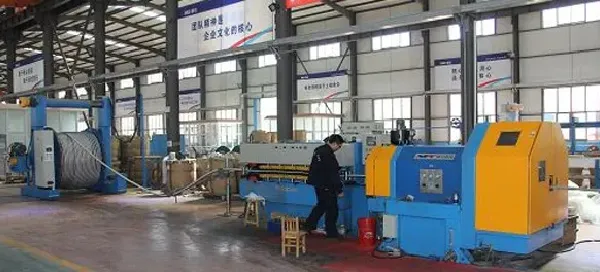Dec . 07, 2024 06:53 Back to list
low pressure check valve
Understanding Low Pressure Check Valves Function, Benefits, and Applications
In various industrial applications, maintaining the integrity of fluid systems is crucial for efficiency and safety. One essential component that plays a pivotal role in achieving this is the low pressure check valve. These valves are designed to prevent backflow while allowing flow in one direction, ensuring the optimal operation of hydraulic and pneumatic systems.
What is a Low Pressure Check Valve?
A low pressure check valve is a mechanical device that automatically allows fluid (such as water, oil, or gas) to flow in one direction while preventing backward flow. It operates based on the pressure differential across the valve. When the pressure on the inlet side exceeds that on the outlet side, the valve opens, permitting the passage of fluid. Conversely, when the inlet pressure drops below the outlet pressure, the valve closes, helping to maintain the system's integrity.
Advantages of Low Pressure Check Valves
1. Preventing Backflow The primary function of a check valve is to prevent backflow, which can lead to contamination of the fluid system, equipment damage, or even hazardous conditions. By ensuring that fluid flows in one direction, these valves protect pumps and other critical components from reverse flow damage.
2. Efficiency Enhancement By preventing backflow, low pressure check valves help maintain a consistent pressure within the system. This stability enhances the efficiency of pumps and other machinery, leading to improved performance and reduced energy costs.
3. Simplicity and Reliability Low pressure check valves are typically straightforward in design, which contributes to their reliability. With fewer moving parts than other types of valves, they have a lower risk of failure.
4. Versatility These valves can be used in various applications across multiple industries, including water treatment, HVAC systems, food processing, and chemical manufacturing. Their versatility makes them a popular choice for engineers and designers.
Challenges and Considerations
low pressure check valve

While low pressure check valves offer numerous benefits, there are several factors to consider when selecting and applying them.
- Pressure Ratings It's essential to choose a check valve that is rated for the specific pressures it will encounter in its application. Low pressure check valves are designed for specific pressure ranges, so using the right valve is critical.
- Material Selection The choice of material can impact the valve's performance and suitability for certain fluids. For instance, valves made from brass, stainless steel, or plastic may be more appropriate for different fluid types, temperatures, and pressures.
- Installation Orientation Correct installation is critical for the proper functioning of check valves. They typically need to be installed in the designated orientation (often horizontally) to ensure that gravity assists in their operation.
Applications of Low Pressure Check Valves
Low pressure check valves are widely used in various sectors. In plumbing systems, they prevent backflow into potable water supplies, ensuring the safety of drinking water. In HVAC systems, they help maintain the proper flow of refrigerants, enhancing system efficiency. Furthermore, in wastewater treatment, they manage the flow of sewage and other liquids, minimizing contamination risks.
In the food and beverage industry, low pressure check valves ensure that liquid products flow correctly through processing systems without the risk of backflow, which could compromise hygiene standards.
Conclusion
In conclusion, low pressure check valves are indispensable components in modern fluid systems. They provide significant advantages, such as preventing backflow, enhancing system efficiency, and ensuring reliability across a range of applications. When selecting and installing these valves, careful consideration of pressure ratings, materials, and installation practices will ensure their long-term effectiveness. As industries continue to innovate and develop more advanced fluid systems, the importance of reliable components like low pressure check valves will only continue to grow.
Share
-
Reliable Wafer Type Butterfly Valves for Every IndustryNewsJul.25,2025
-
Reliable Flow Control Begins with the Right Ball Check ValveNewsJul.25,2025
-
Precision Flow Control Starts with Quality ValvesNewsJul.25,2025
-
Industrial Flow Control ReliabilityNewsJul.25,2025
-
Engineered for Efficiency Gate Valves That Power Industrial PerformanceNewsJul.25,2025
-
Empowering Infrastructure Through Quality ManufacturingNewsJul.25,2025